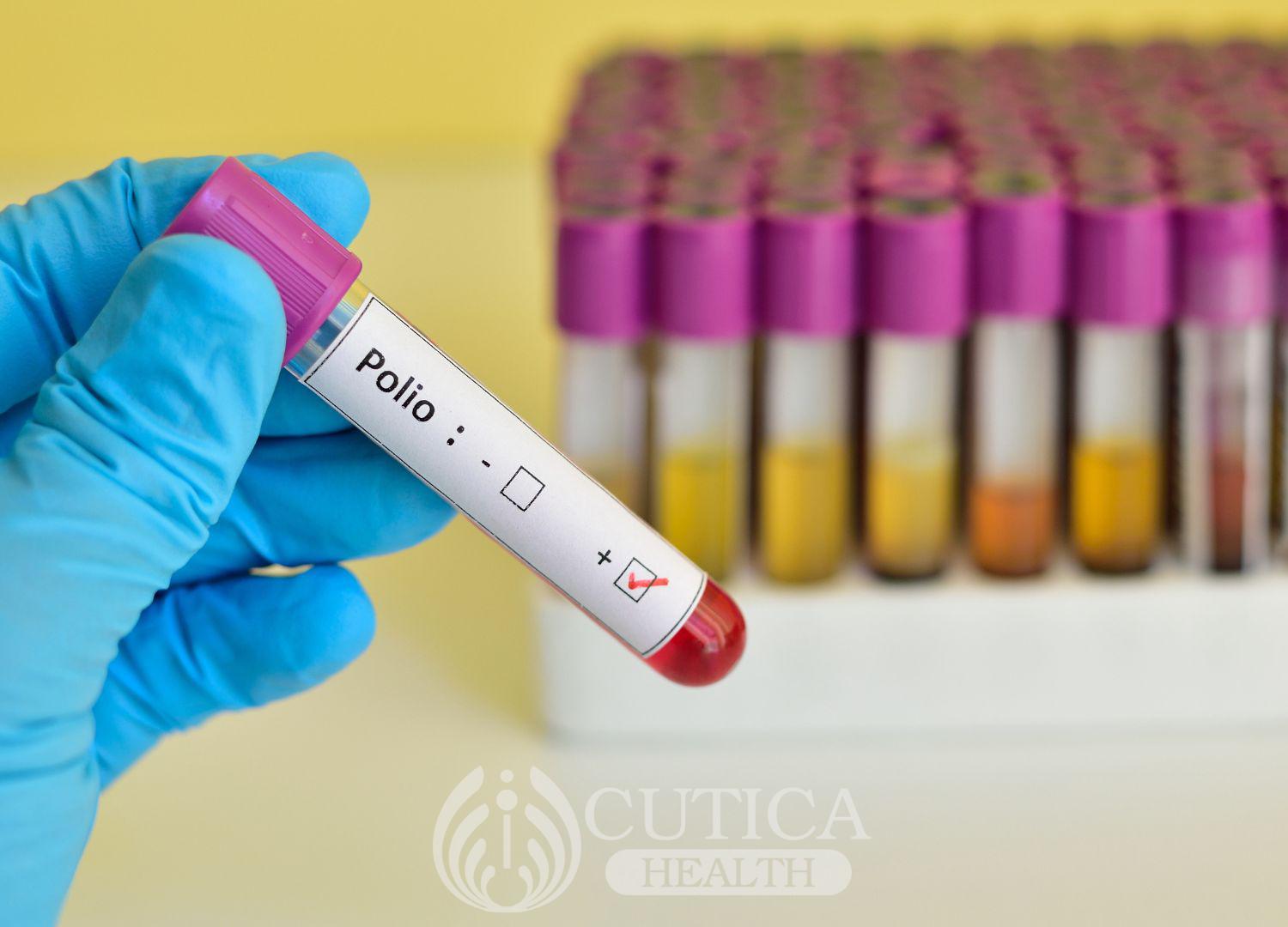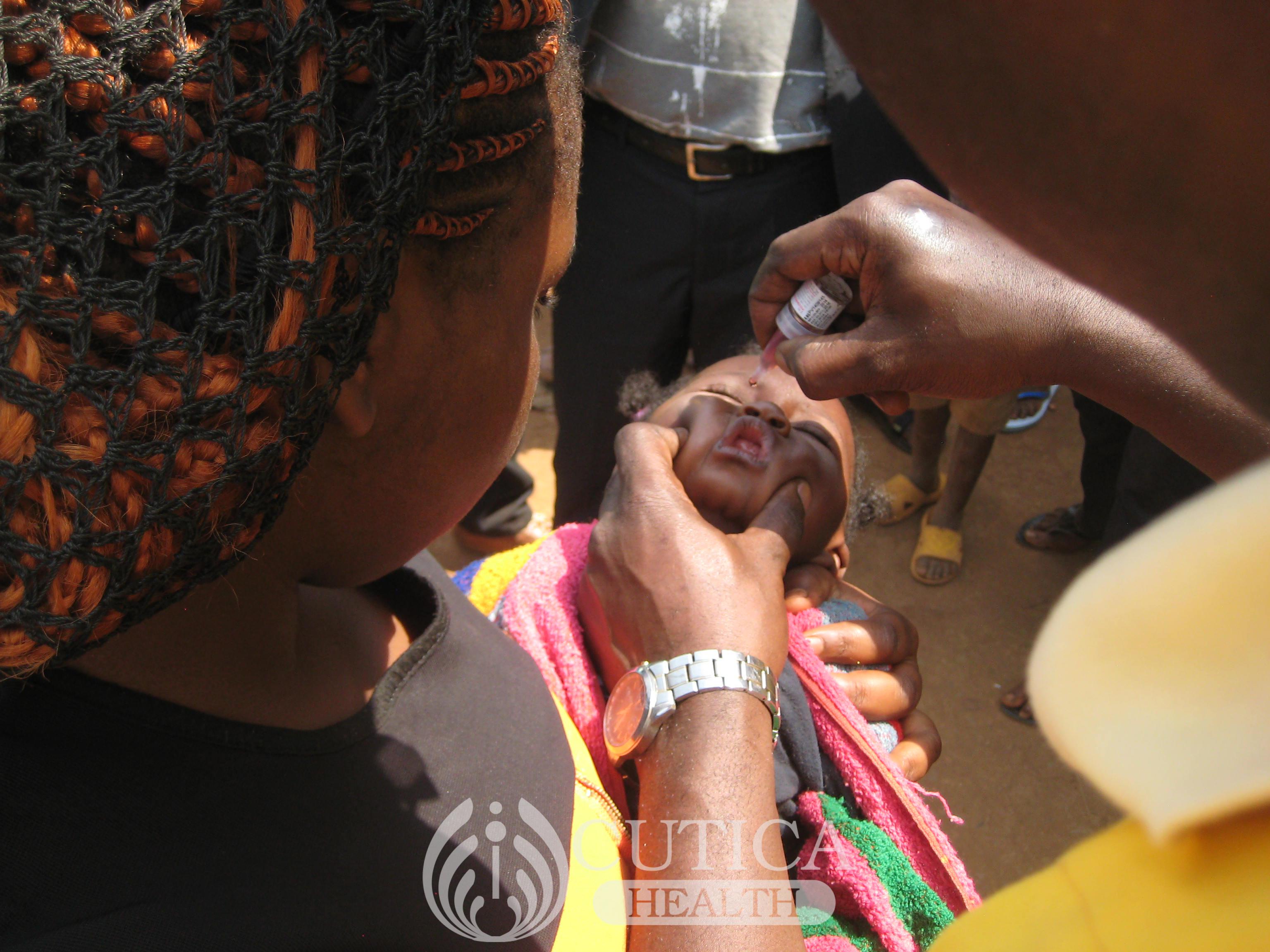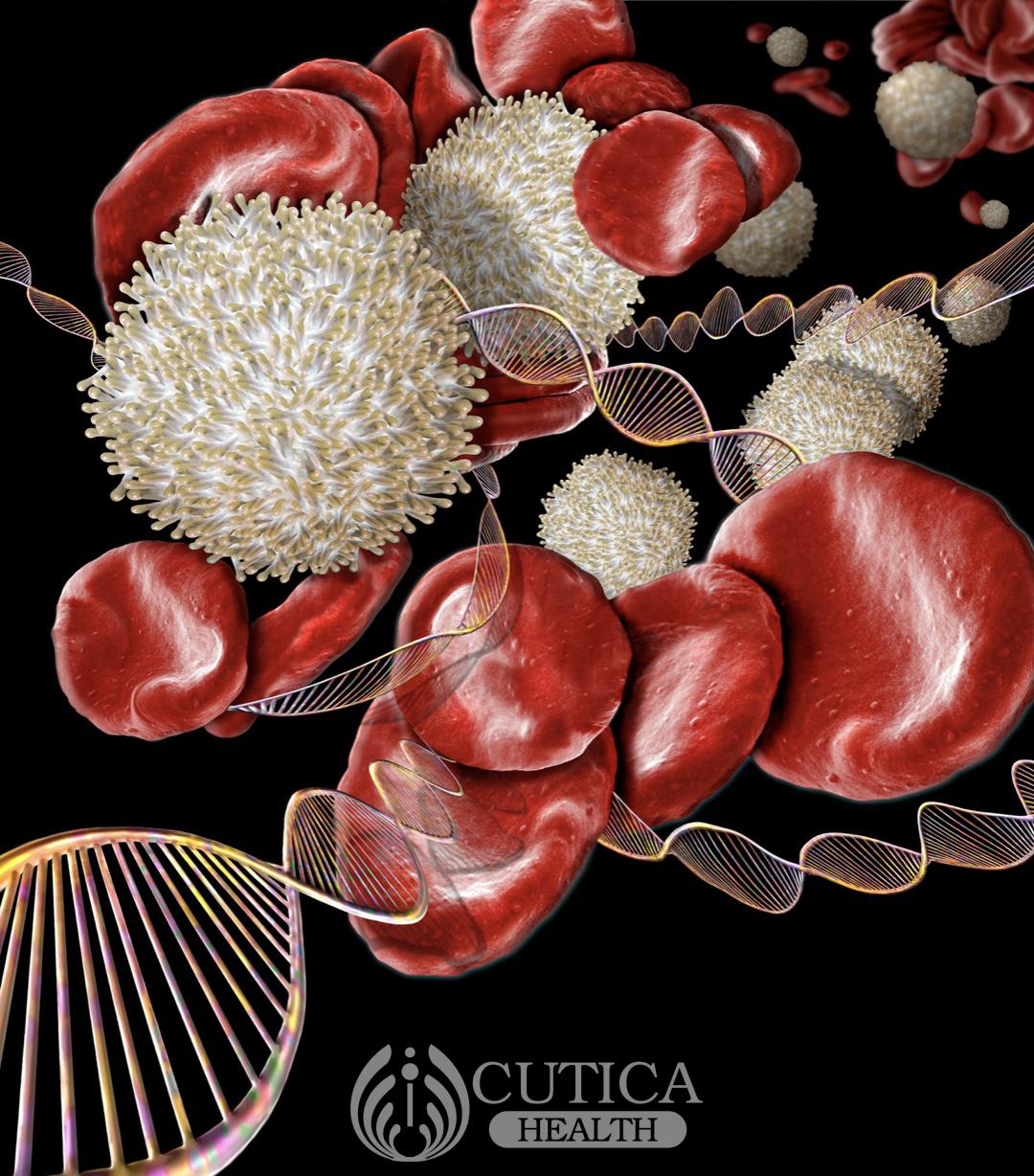
Sickle cell anaemia is a very serious disease, resulting from a genetic abnormality that changes the shape of the red blood cells from spherical to sickle-shaped. This new shape has enormous health implications for the individual. For instance, when these cells sickle under certain conditions, they are unable to hold oxygen and can block blood circulation in the body. This cases what we know as sickle cell crisis.
The life expectancy of individuals suffering from sickle cell disease is about 42 to 47 years in wealthy countries, but many of the children suffering from sickle cell anaemia in low- to middle-income countries die before their 5th birthday. The burden of the disease is very heavy on both those that suffer the disease and the people who care for them. Currently the disease has no cure.
There’s been a long and hard search for a cure for sickle cell anaemia. The greatest impediment to this research is the fact that sickle cell anaemia is a genetic problem. This may make the search for a cure more complicated. One thing that is notable is that the documented causes of death among patients suffering from sickle cell anaemia are malaria and other infections. The fact that these patients have reduced clearance of malaria parasites because their spleens have been affected by the sickle cell disease should be considered in the search for a cure,
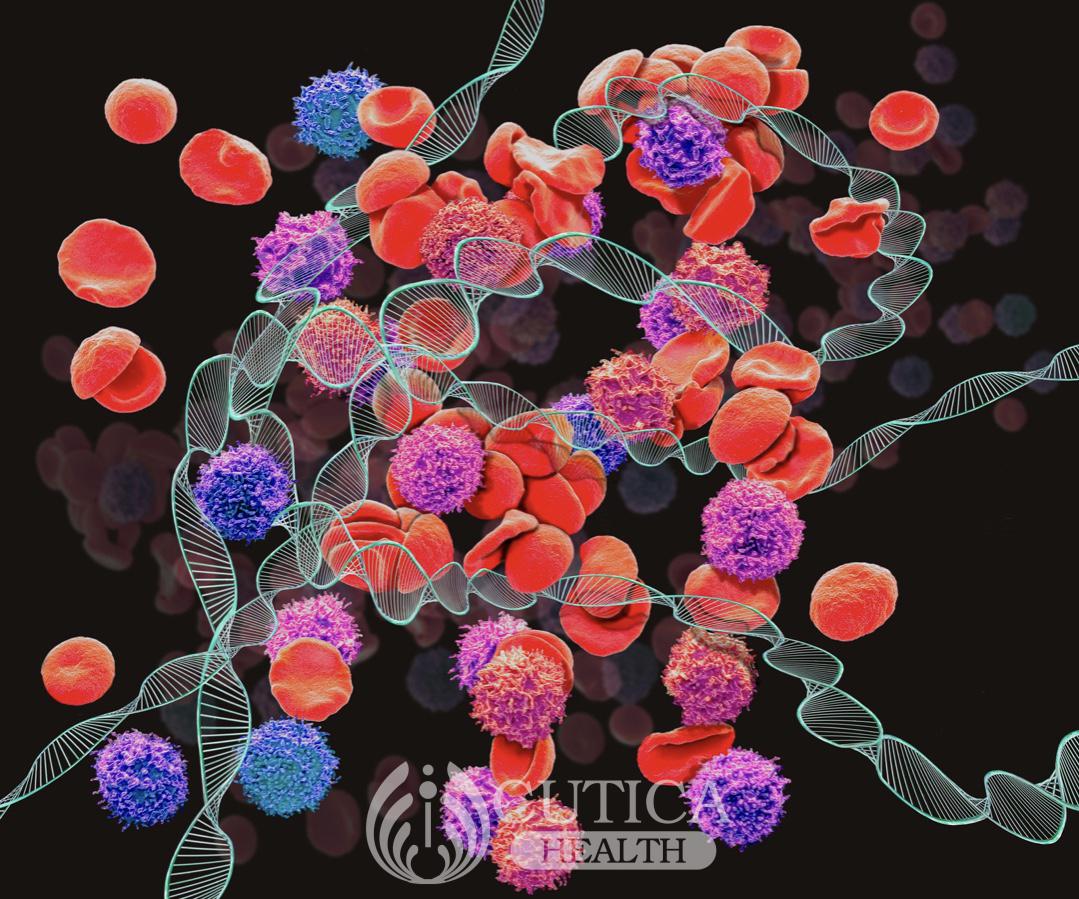
What has been done so far?
Many attempts to reduce the suffering of patients from sickle cell anaemia have centred on reducing their pain. One of such attempts involved a bid to develop medications that can induce the production of a type of oxygen-carrying agent called HbF, which prevents sickling of the red blood cells. This was a good idea, but it wasn’t a cure. Many medications were tried to achieve this goal with varying degrees of success.
Current attempts to find a cure for sickle cell anemia
Since sickle cell anaemia is a disease of the gene, if you can change the gene or the genotype of the patient, then you can cure them of sickle cell anaemia. We have attempted this but not much has been reported regarding the success, though scientists know that this is possible.
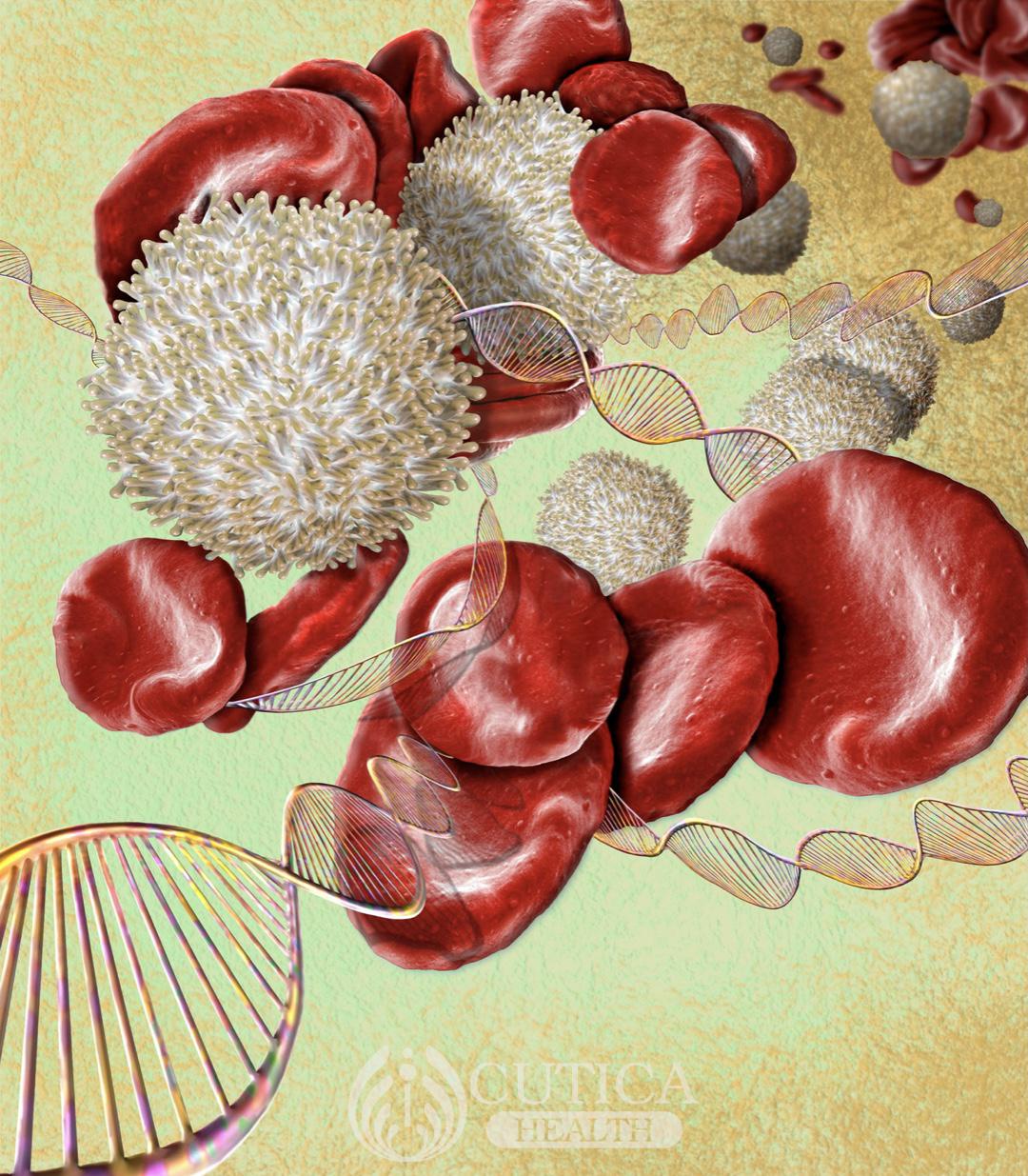
The other explanation is that if these sickle cells are coming from the bone marrow, then why don’t you remove the old bone marrow and replace it with a new one that will give you proper cells that are not sickled. Doctors call this procedure “bone marrow transplant.” This has been tried in many patients and the results have been excellent. Unfortunately there are setbacks.
One of the major setbacks of bone marrow replacement is that it works better in children but the results are not that predictable among adults because their organs have already been affected by the disease. There is a palpable risk of the body rejecting the new bone marrow. The other problem is that the rejection process may be life threatening making it a double risk for the individual whose life has already been affected by the disease.
Gene editing has also been tried in an attempt to correct the defective DNA responsible for the disease and many other attempts are still at developmental stages.
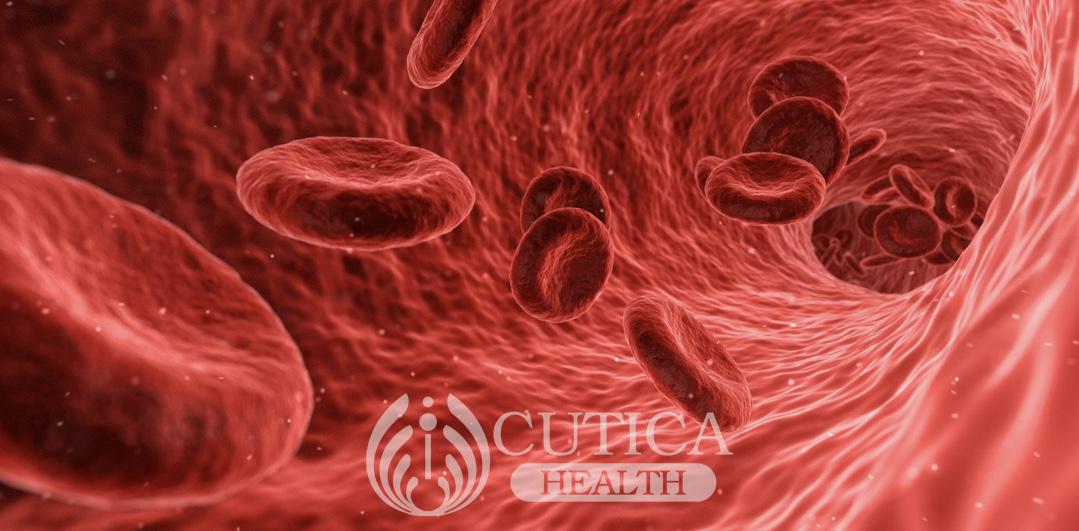
Take-home message: Sickle cell anaemia remains a serious disease affecting many Africans. While the search for a cure continues, bone marrow replacement remains the definitive treatment. Unfortunately it is plagued with many potentially life-threatening complications, making it not completely acceptable or affordable for many.




